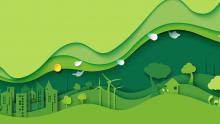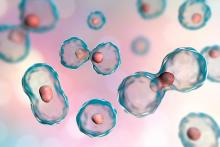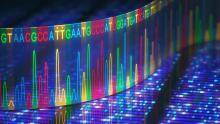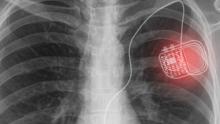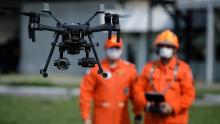
In disaster situations, emergency teams can be hampered by confusion and a lack of communication. To address this, EU-funded researchers have developed new drone-based technology that provides situational awareness in real time. This will give first responders valuable information that can save lives.

